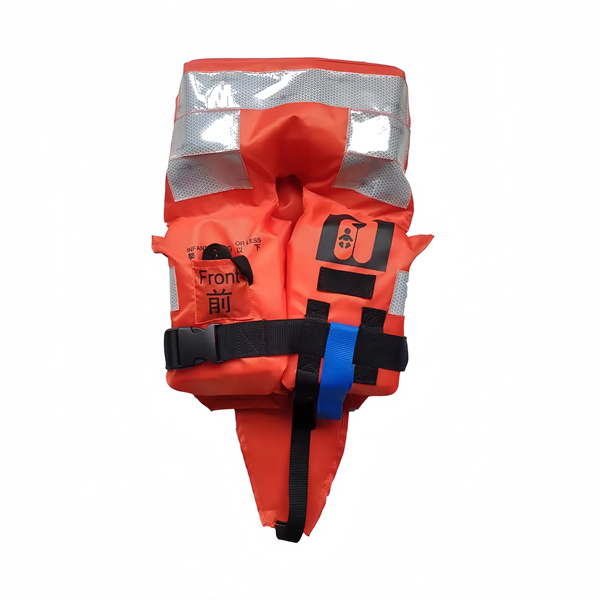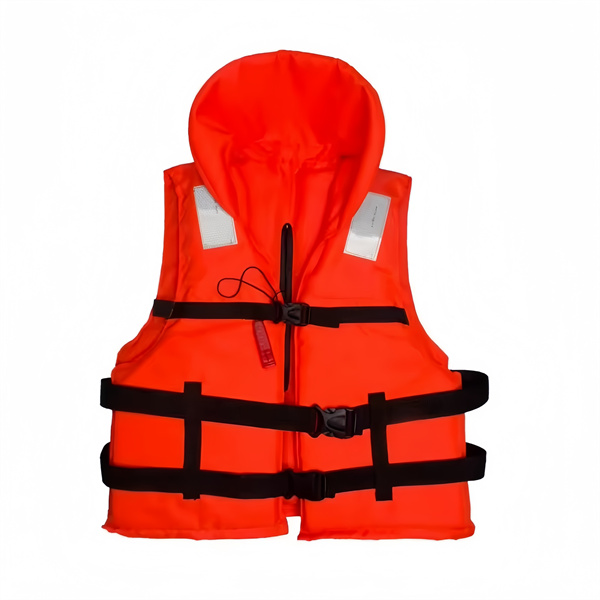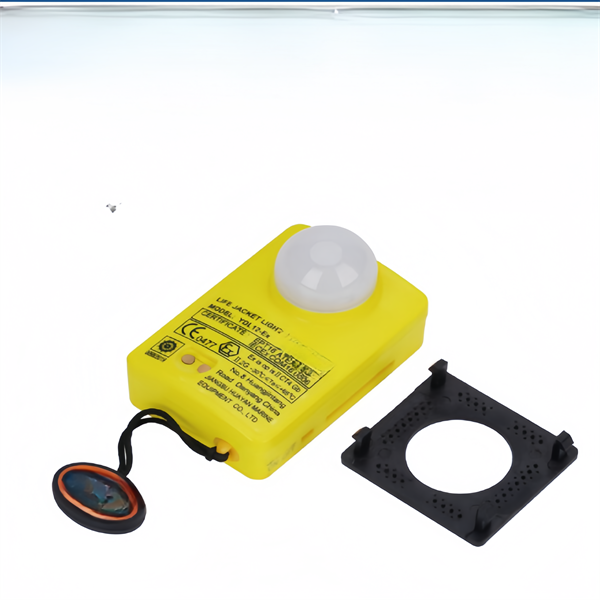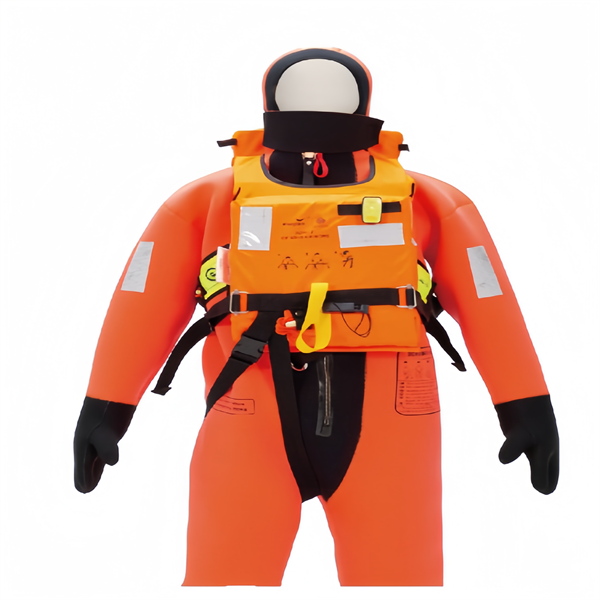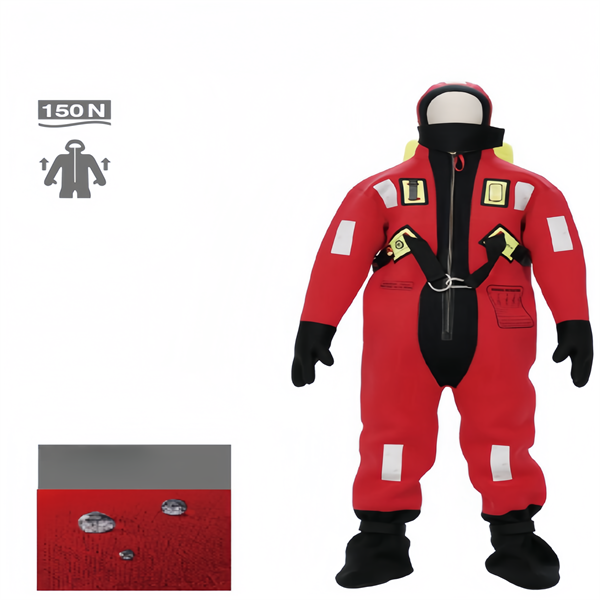Inflatable vs. Foam Life Jackets: Choosing the Right Type for Your Needs
Life jackets are essential for water safety. Inflatable and foam life jackets have their own advantages and limitations. It is important to know the difference between two life jacket options before you choose the one that best suits your needs.
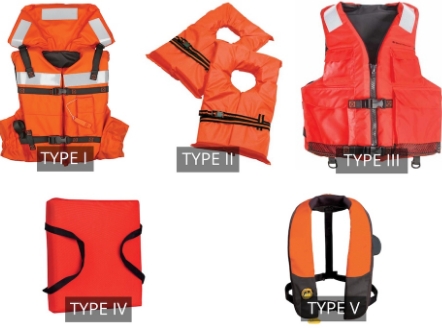
Table of Contents
What are inflatable life jackets
Inflatable life jackets are a Personal Flotation Device(PFD) designed to give buoyancy on water. Air bladders are used to inflate the jackets, either manually or by automatic means. The compact design of inflatable life jackets and their high level of comfort make them more popular than traditional foam-filled PFDs. These jackets can be worn around the neck and inflated quickly in an emergency.
Two main types of inflatable life jackets are available:
- Manual Inflatable Life Jackets: These require the wearer to pull a cord or handle to activate the CO2 cartridge and inflate the life jacket.
- Automatic Inflatable Life Jackets: They automatically inflate once they are brought into contact with the water. This is done by a sensor that detects water.
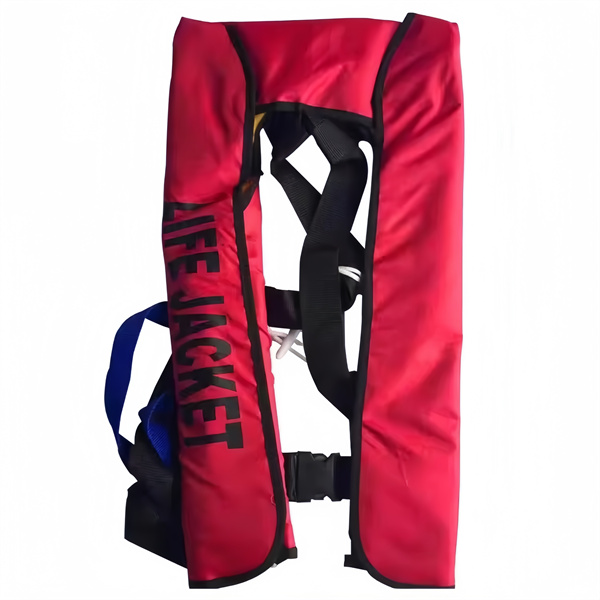
Advantages
- Compact and Lightweight: Inflatable life vests are smaller and lighter when they’re not inflated. They are ideal for activities that require portability and storage, like kayaking, paddle boarding, or sailing. Inflatable jackets tend to be more comfortable over long periods of time, as they are lighter and smaller. The inflatable jackets allow more movement than traditional foam life vests.
- Minimalistic Design: Inflatable life jackets are often designed in a minimalistic style, making them easier to wear during physical activity. These are ideal for those who enjoy high-mobility sports such as waterskiing and sailing.
- Rapid Inflation: Inflatable life jackets can be inflated in just a few seconds. In an emergency, this rapid response can be crucial to the wearer’s safety.
- Versatile and Highly Adjustable: Most inflatable jackets come with adjustable straps to ensure a perfect fit. The adjustable straps increase comfort and help ensure that the jacket stays secure while in use.
- Automatic Activation: The automatic inflatable life jackets inflate themselves when they come into contact with water. This eliminates the need for wearers to do anything. This feature is lifesaving when the wearer is unconscious or incapable of manually activating the jacket.

Limitations
- Dependence on CO2 Cartridges and Mechanism: Inflatable life jackets rely on CO2 cartridges for inflation. These cartridges need to be checked regularly for wear and replacement. If the cartridge is damaged, empty, or improperly installed, the life jacket may fail to inflate in an emergency.
- Risk of Malfunction: The inflation system itself, whether it is automatic or manual, could malfunction. The jacket could not inflate when it was needed if the mechanism failed.
- Not Always Suitable For Rough Waters: While inflatable life jackets perform well in calm and controlled environments, their performance may be less effective in rough water or extreme conditions such as large waves or strong winds. In these situations, foam life jackets tend to be preferred because they offer constant buoyancy no matter what the circumstances.
- Limited Support and Buoyancy for Certain Activities: Inflatable lifejackets provide less buoyancy compared to foam-based jackets. This can cause problems for certain individuals, particularly those who require more flotation support. These jackets may not be appropriate for certain activities, like rescue operations, or for people with limited swimming abilities.
- Vulnerable To Punctures or Leaks: Inflatable jackets can be damaged by leaks or punctures, which will prevent them from properly inflating. The life jacket won’t provide buoyancy if the air bladder has been damaged. Regular inspection is required to make sure that the material has not been damaged.
- Maintenance Requirements: Inflatable life jackets need more maintenance than foam jackets. The CO2 cartridge must be checked, but the bladder should also be inspected and tested for leaks.
- Not ideal for Non-Swimmers: While inflatable jackets can provide excellent buoyancy, they are not suitable for individuals who do not know how to swim or those who are unconscious. A foam PFD is often recommended in these cases as it provides constant flotation and does not require activation.
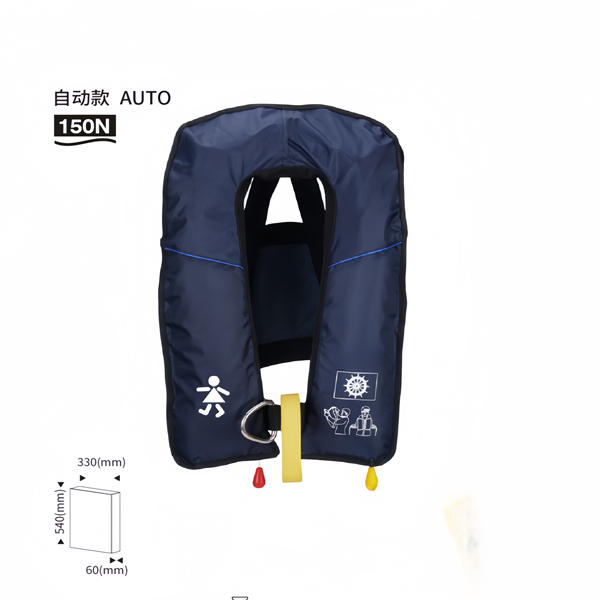
What are Foam Life Jackets
Foam marine life jackets are a Personal Flotation Device designed to keep wearers afloat without the need for any additional action such as activating a device or inflating it. Foam life jackets provide natural flotation, unlike inflatable life jackets that rely on air bladders and CO2 cartridges. These jackets, which are worn around the chest area, are filled with buoyant lightweight foam. They do not need to be activated.
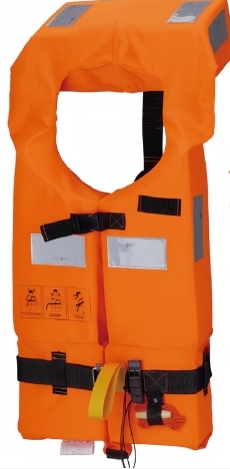
There are many different designs and sizes of foam life jackets, which can be used for various activities such as boating, kayaking and watersports. Foam life jackets are available in different buoyancy levels. These are often measured in pounds of flotation, such as 15.5 lbs, or 22 lbs, depending on the weight of the wearer and the conditions.
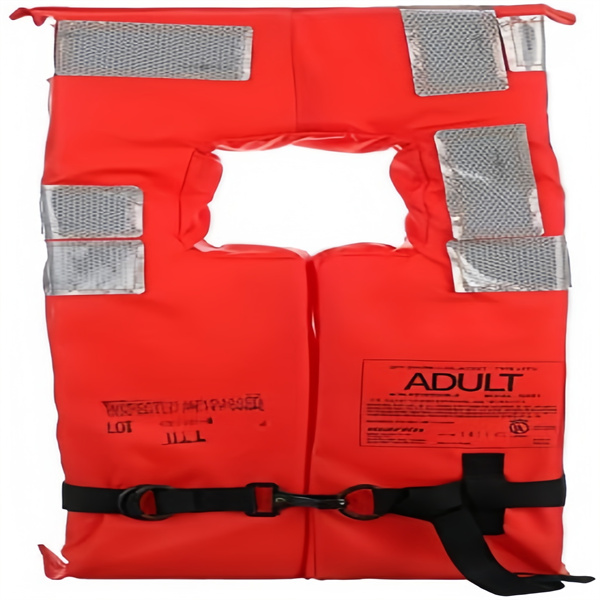
Advantages
- Reliability and Consistent Buoyancy: The foam life jackets will provide constant buoyancy without any additional action by the wearer. This is important, especially in cases where the wearer is unconscious or is unable to activate a life jacket. Foam jackets instantly provide buoyancy to the wearer as soon as they enter the water. They do not require any kind of mechanism or activation.
- Durability: There is no complex mechanism that can fail (like CO2 cartridges, inflation valves or other complicated mechanisms). Foam life jackets don’t have these. They are therefore more reliable and durable, and require less maintenance than inflatable jackets.
- Rugged Design: Materials used in foam lifejackets (such a closed-cell foam), are designed to handle rough conditions. The jacket itself is usually made from tough, abrasion resistant fabrics that can withstand exposure to the elements.
- Low Maintenance: The foam life jackets are very low maintenance. No need to worry about CO2 cartridges, or the inflation system. The jacket will continue to work well as long as it is in good condition.
- Ideal for Rough Water and Harsh Conditions: In rough water or harsh conditions, the flotation device must be reliable. Foam life jackets are ideal for emergency situations such as boating accidents and rescues because they don’t depend on an inflation system.
- No Need for Inflation: With foam life jackets, the wearer does not have to worry about pulling cords or waiting for jackets to inflate. This is important to ensure safety in an emergency situation.
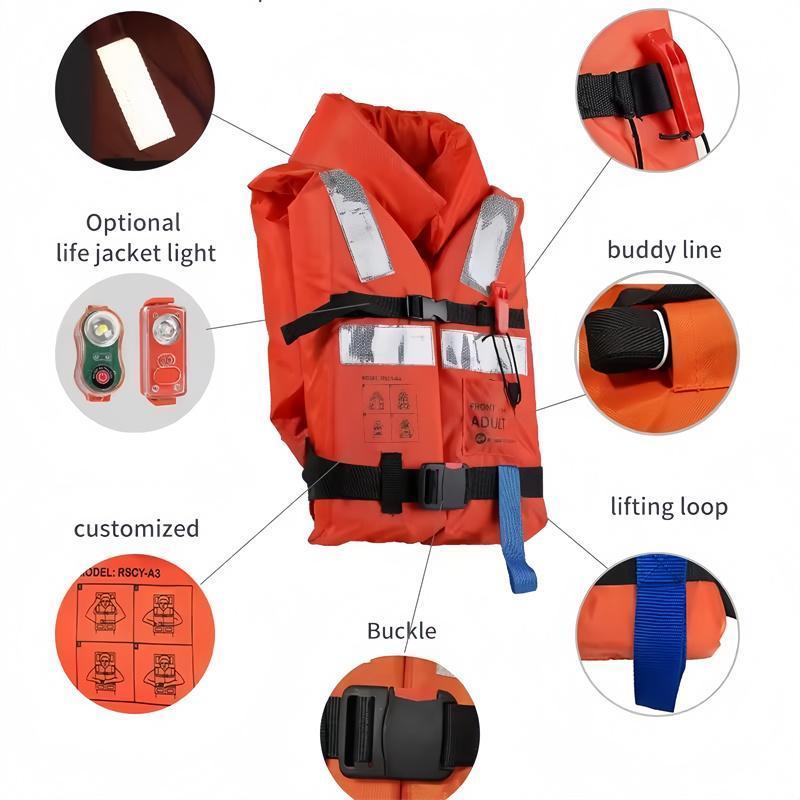
Limitations
- Bulkier and Less Comfortable: Foam life jackets are bulkier than inflatable jackets. This can restrict mobility, particularly in activities like waterskiing or kayaking. In warm weather, the bulkier design may make it uncomfortable to wear. Foam jackets can be more comfortable to wear when the weather is hot, but they are less comfortable during summer months and intense physical activity.
- Larger and More Difficult to Store: Foam life jackets take up much more space in storage than inflatable versions. Foam jackets are cumbersome if you don’t have enough storage space, or if you need to carry several jackets. Foam jackets do not have the same portability as inflatable jackets that can be packed away and deflated.
- May Not Be as Suitable for Specific Water Sports: A foam life jacket can restrict movement, and may reduce comfort, for certain high-performance sports such as wakeboarding, jet ski, or sailing. An inflatable jacket is a better option in these cases due to its lightweight design and flexibility.
- Limited Buoyancy in Extreme Cases: While foam life jackets offer reliable flotation and continuous flotation, some may not have as much buoyancy than inflatable jackets. This is a problem in cases where more flotation may be needed, for example when larger people or those struggling to stay afloat are involved.
- Less Floatation Support for Smaller Individuals: While foam life jackets can be used by a variety of people, they are not as effective for those who are small or need more buoyancy.
- Less Compact for Travel: The foam life jackets are less compact than inflatable versions. They take up more room when not in use. This can be an issue for people who want to travel light, or have limited space.

Comparison of Inflatable vs. Foam Life Jackets
This chart provides the key differences between the inflatable and foam life jackets, helping you choose the right type of life jacket based on your preferences and water activity requirements.
| Feature | Inflatable Life Jackets | Foam Life Jackets |
| Buoyancy | Requires activation (CO2 inflation) | Always buoyant, provides consistent flotation |
| Comfort | Lightweight, compact, less restrictive | Bulkier, less flexible, may be uncomfortable for extended wear |
| Maintenance | Requires regular maintenance (CO2 cartridges, mechanism checks) | Low maintenance, no moving parts to check |
| Reliability in Rough Water | May not perform well in turbulent water | Reliable in all water conditions, including rough waters |
| Storage | Compact, easy to pack and store | Bulky, takes up more storage space |
| Activation | Manual or automatic inflation | No activation needed, always ready to use |
| Durability | Can be punctured or damaged (requires careful handling) | Extremely durable, less risk of damage |
| Water Conditions | Best for calm or controlled waters | Ideal for emergency situations and rough waters |
| Mobility | High mobility, good for water sports | May restrict movement, especially in high-activity scenarios |
| Ideal Use | Recreational boating, kayaking, water sports | Boating, fishing, rescue operations, emergency situations |
| Suitability for Non-Swimmers | May be risky if unable to activate | More suitable, provides flotation without activation |
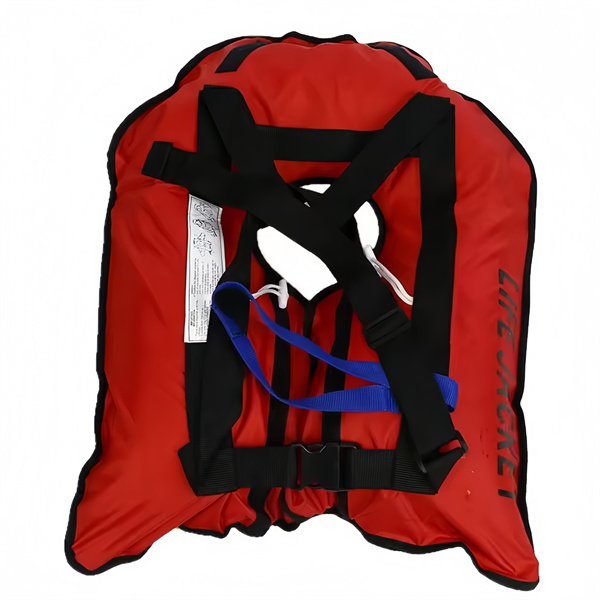
Key Considerations for Selecting Inflatable and Foam Life Jackets
1. Comfort and Fit
Comfort is a major factor to consider when selecting a life jacket. Inflatable jackets tend to be lighter and compact, which makes them more comfortable for prolonged wear. The low-profile design allows for greater mobility and is perfect for water sports or activities that require flexibility. Some people prefer the structured fit of foam jackets even though they’re bulkier. Foam life jackets can feel more comfortable, especially if you’re doing activities that don’t require as much movement.
2. Buoyancy and safety
The main purposes of life jackets are to provide flotation and to ensure safety in emergency situations. Foam life jackets provide constant and reliable buoyancy because they always float regardless of water conditions. They are a good choice for everyone, but especially non-swimmers and in emergency situations. Inflatable life jackets require activation, either manually or automatically, to provide buoyancy and inflate. They offer high flotation when inflated but their reliability is dependent on the condition and maintenance of the CO2 cartridges and inflation mechanisms.
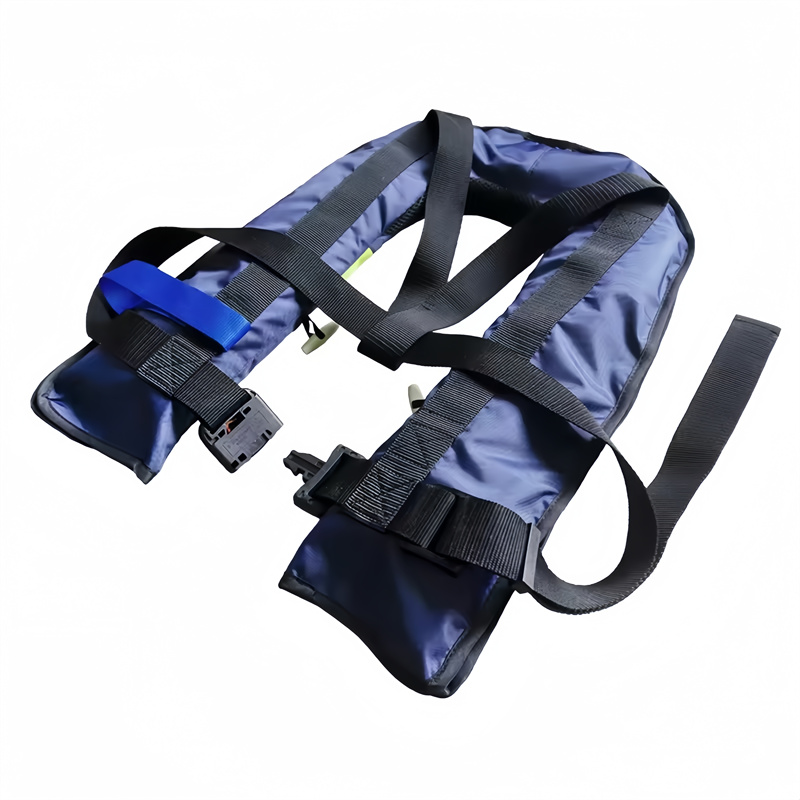
3. Maintenance and Durability
Low-maintenance foam life jackets offer a low-maintenance option. As long as the foam is intact, they don’t need to be checked or serviced. These are durable and resistant to wear, so they are suitable for harsh conditions and frequent use. The CO2 cartridges and inflation system of inflatable life jackets must be regularly checked. Inflatable life jackets can also be more vulnerable to damage or punctures, which can impact their performance. Foam life jackets are a good choice for those who value ease of use, durability and low maintenance.
4. Storage and Portability
Deflated, inflatable life jackets are very portable. They are a great choice for kayaking, sailing or other activities where space is at a premium. Foam life vests are more bulky and take up a lot of space. It can be an issue if you have to store multiple jackets, or if there is limited space in a boat. Inflatable life jackets are a better option if portability is important to you.

5. Water Conditions and Activity Type
Consider what type of water activity you will be doing and what conditions you can expect. Foam life vests are best suited to rough water conditions such as boating accidents where reliable and immediate flotation is essential. These life jackets are perfect for people who don’t know how to swim or aren’t confident on the water. Inflatable jackets are best suited for calm water and conditions where the wearer can manually or automatically activate the inflation process. These are used in water sports and other activities that require a lot more movement. They are also less bulky, but offer greater flexibility.
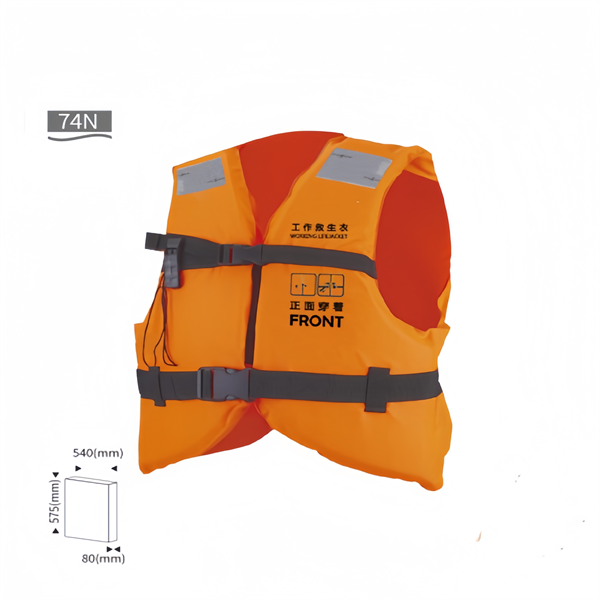
6. Durability and Mobility
Consider your needs for mobility and durability when choosing a life jacket. While foam life jackets are durable and always buoyant they can limit movement because of their bulk. Foam life jackets, while durable and always buoyant, can restrict movement due to their bulk. These jackets are great because they provide comfort and excellent mobility. The trade-off, however, is that they need to be handled carefully and may not last as long in emergency situations or rough conditions where durability is important.
7. Cost considerations
Foam life jackets are generally more affordable because of their simple design and lack complex components. The initial cost of inflatable life jackets may be higher due to the technology and materials used in their design. Inflatable jackets can also incur ongoing maintenance and cartridge replacement costs. Cost could play a role in your decision depending on your budget and the frequency of use.
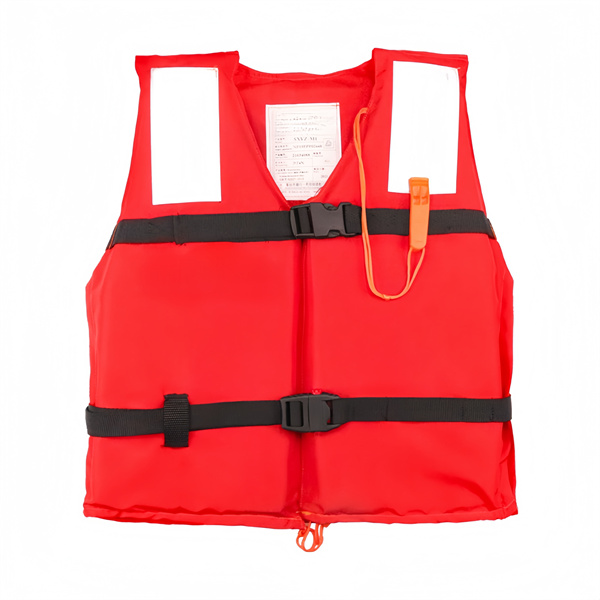
Summary
- Foam life jackets offer buoyancy in emergency situations and rough waters without the need to activate them. They are low-maintenance, reliable.
- Inflatable life jackets are a better option for those looking for a lightweight, compact life jacket for activities that require mobility or calm waters. However, they require more maintenance and careful handling.
Final Thoughts
Both inflatable and foam life jackets offer unique advantages and the suitable choice depends largely on your preferences and what types of water activities you’ll be engaged in. Inflatable jackets are more compact and portable and foam life jackets offer dependable buoyancy and durability. Consider your environment, your activity type and the frequency with which you will maintain your gear to ensure maximum marine safety. No matter what you choose, make sure that the marine life jackets meet safety standards in your region.


